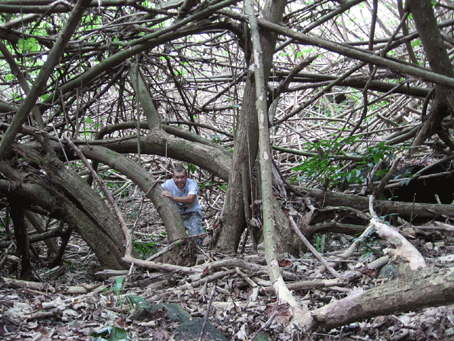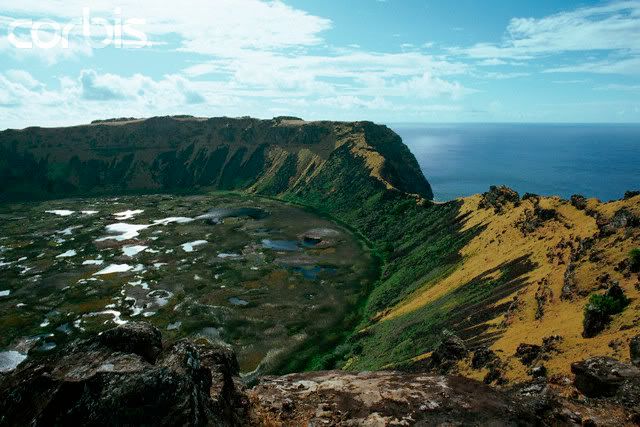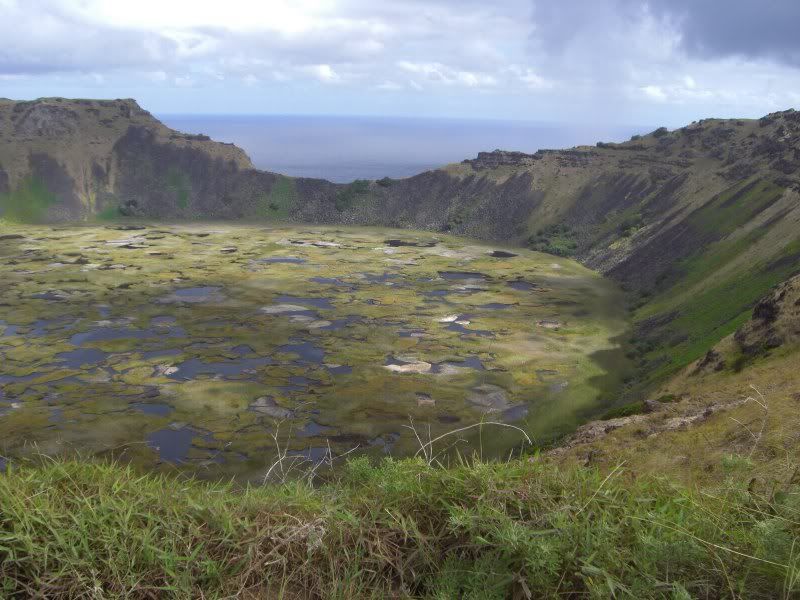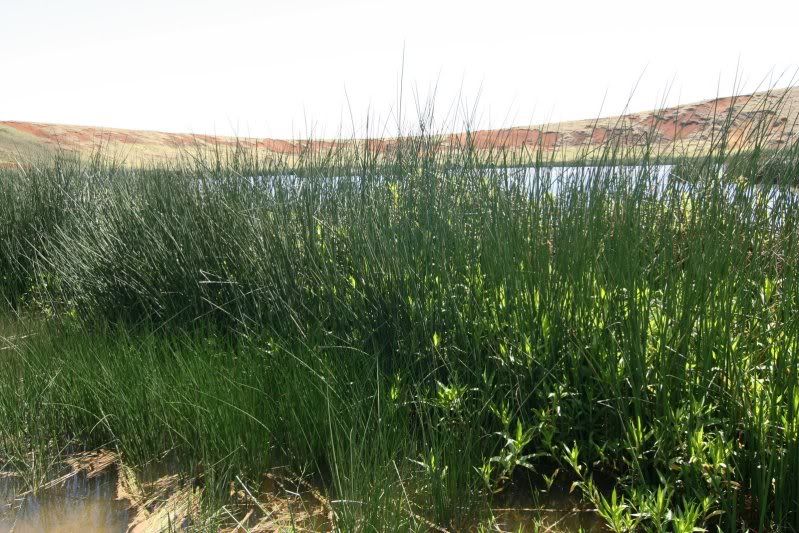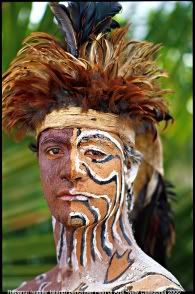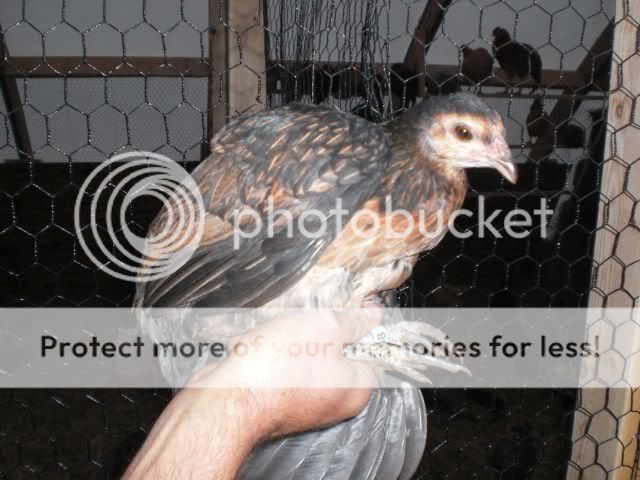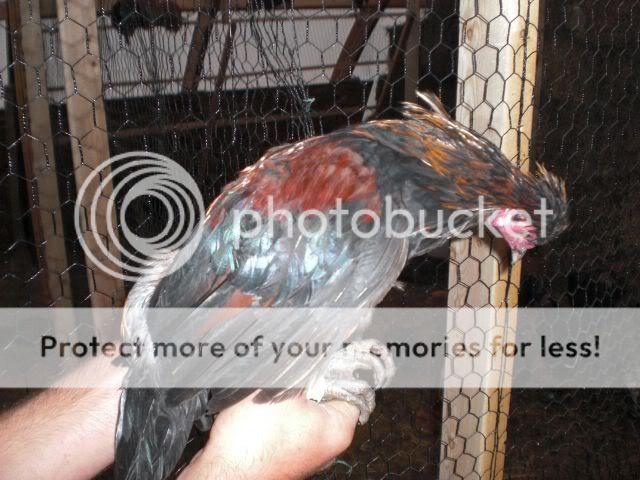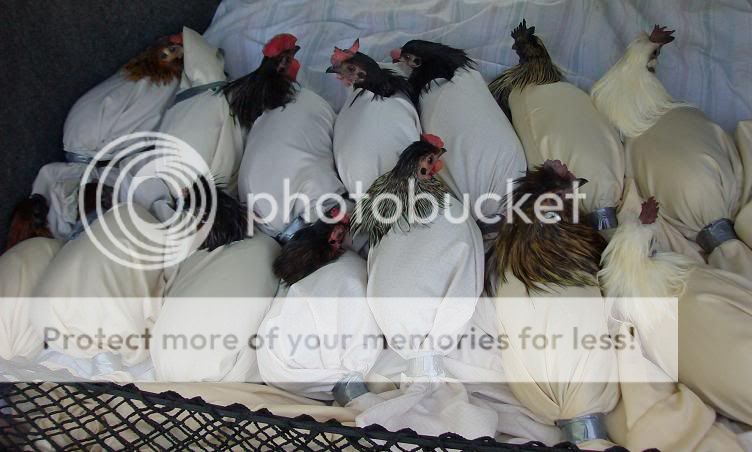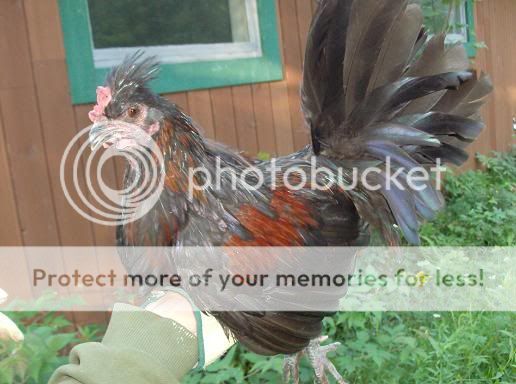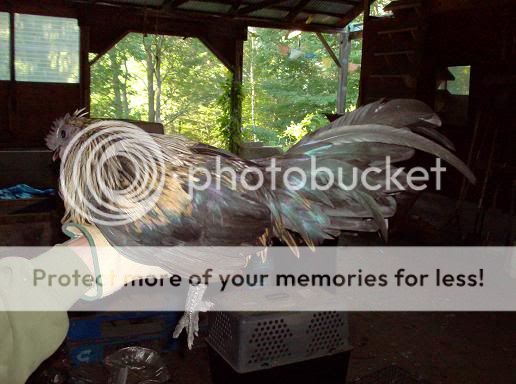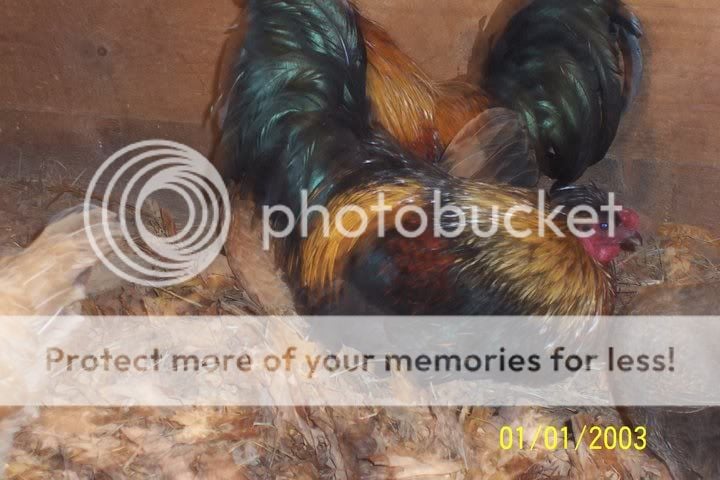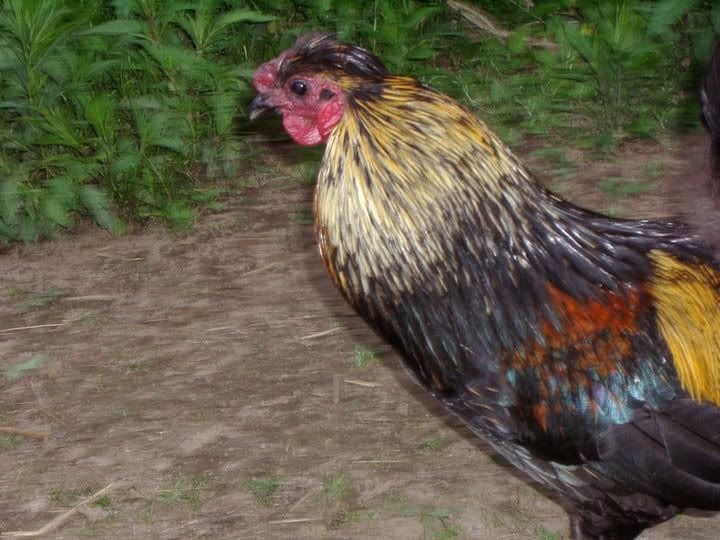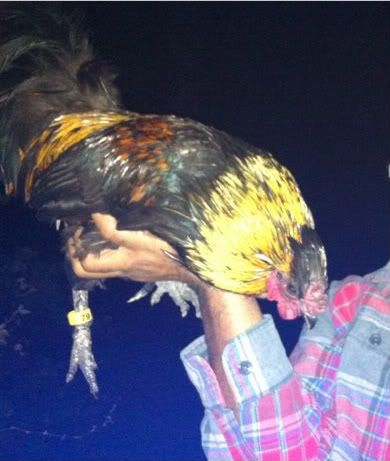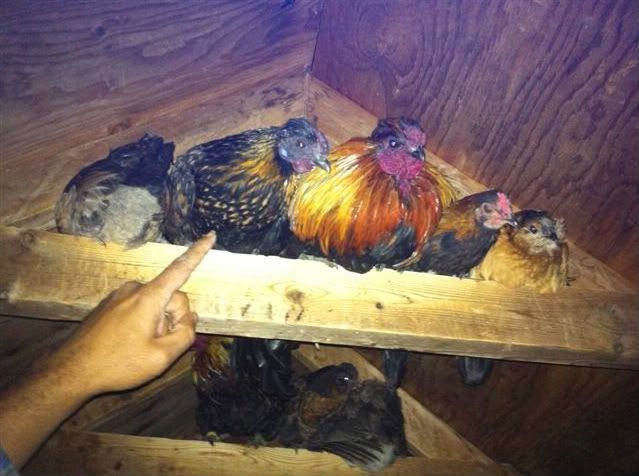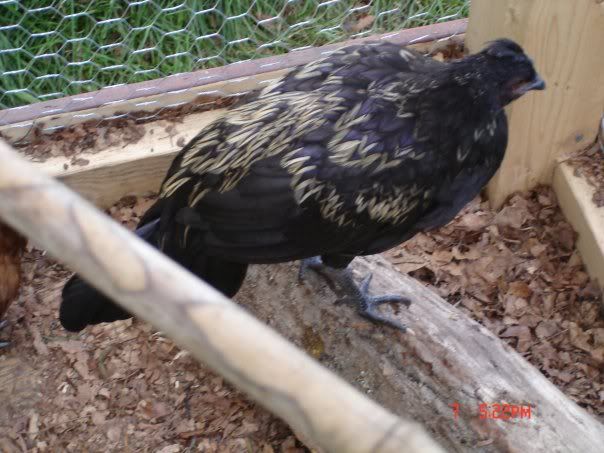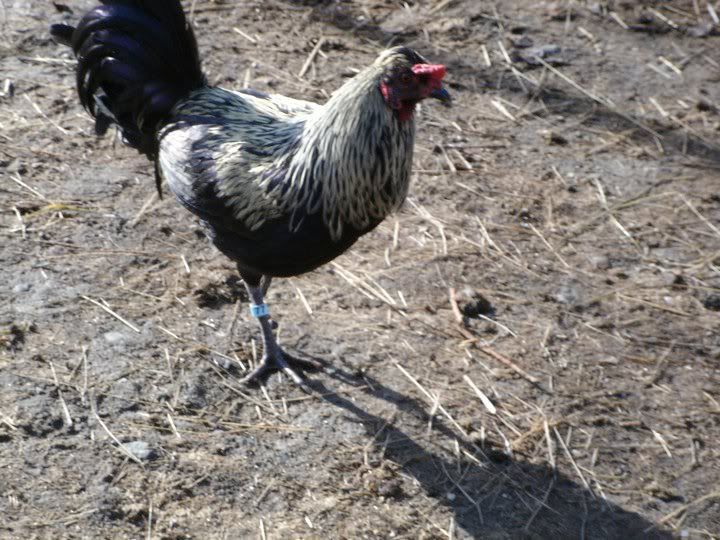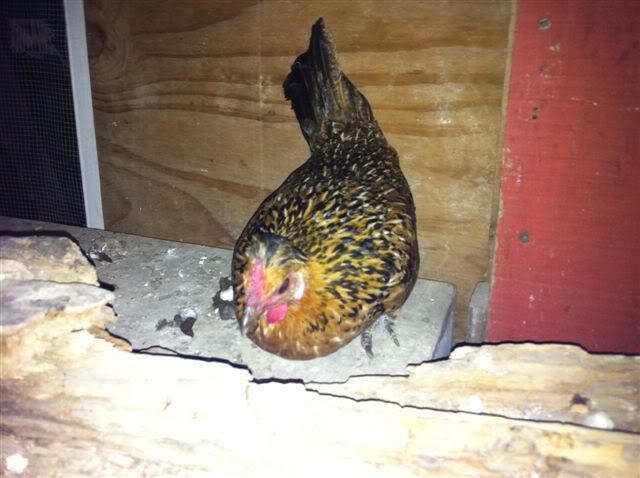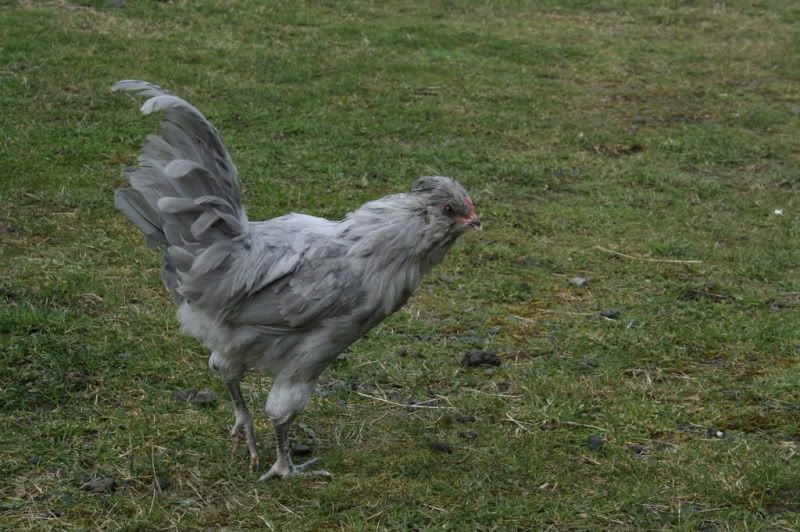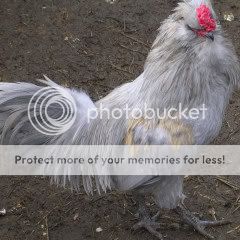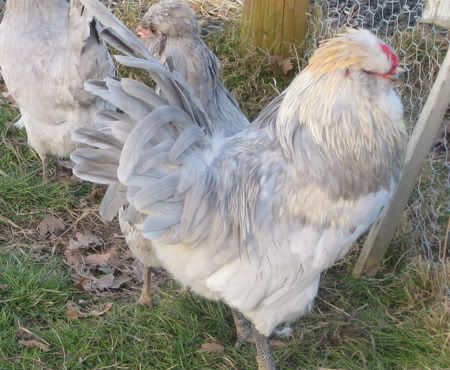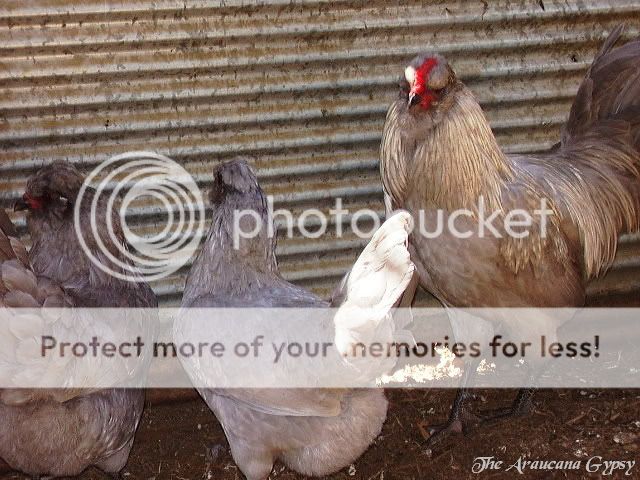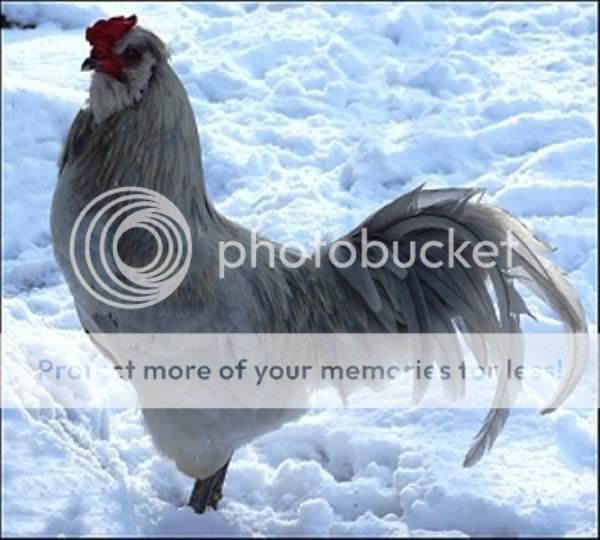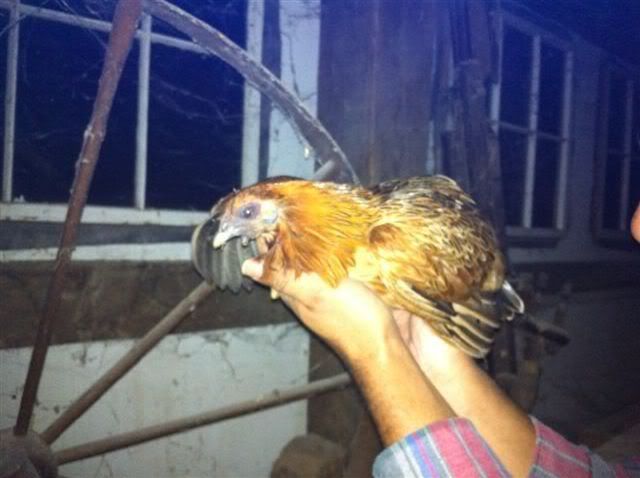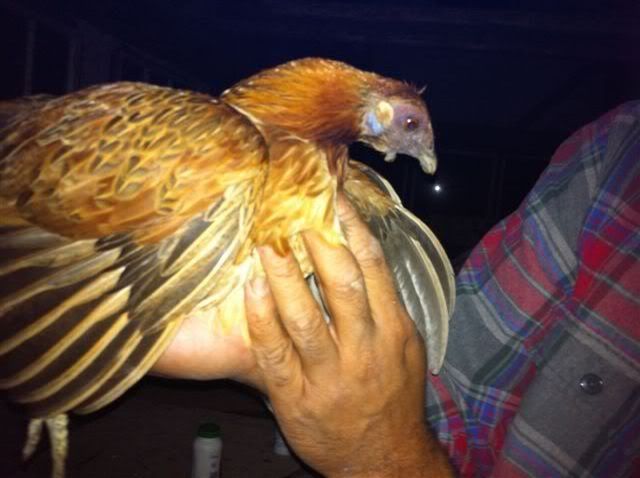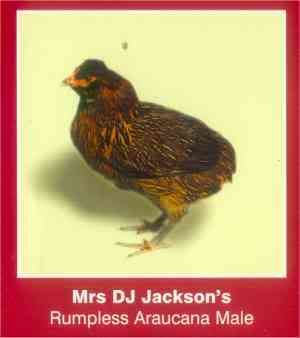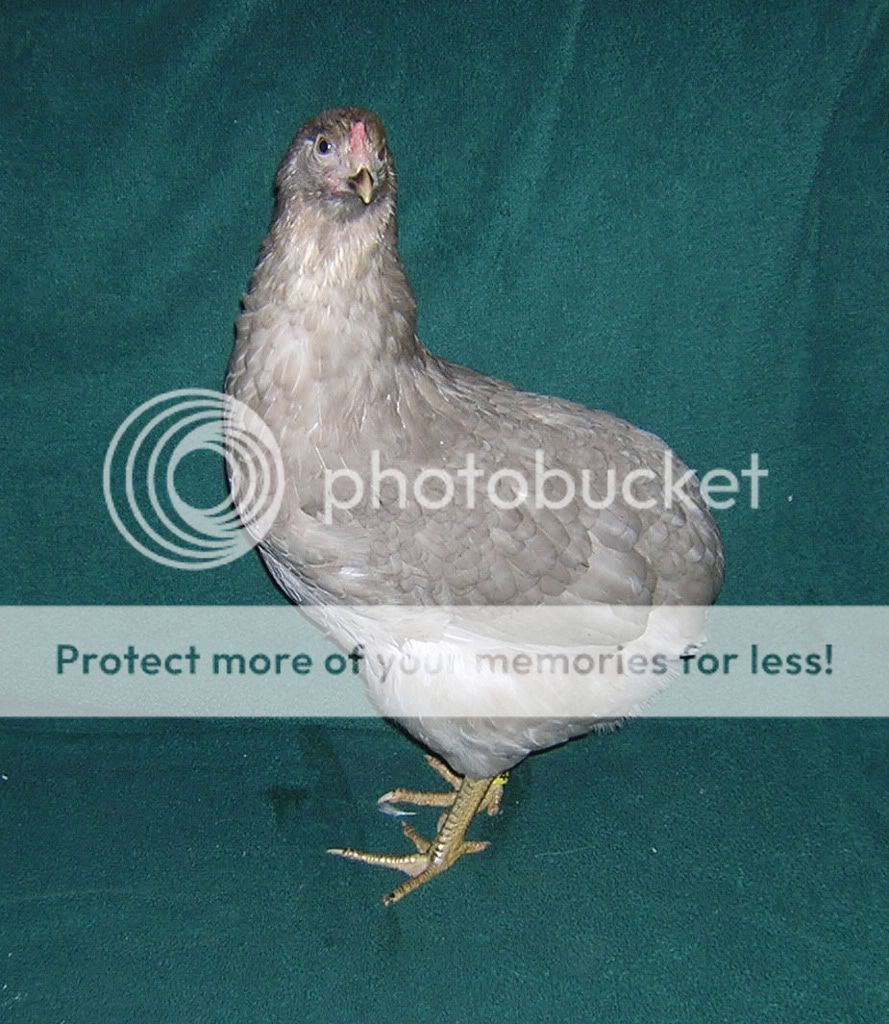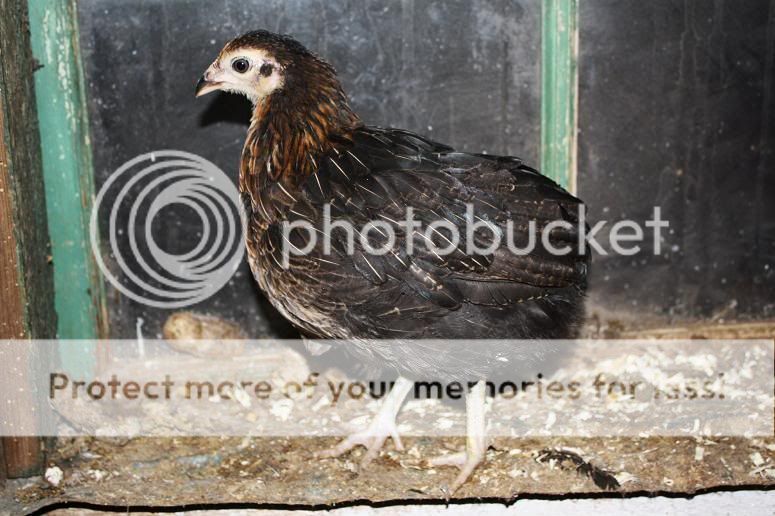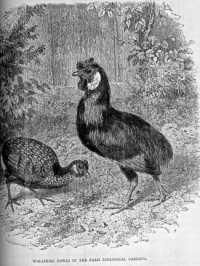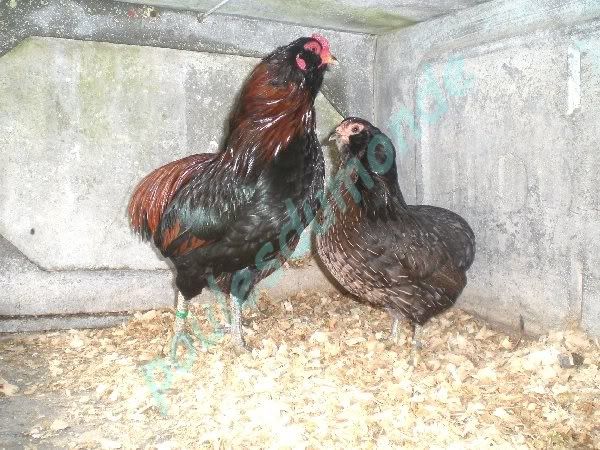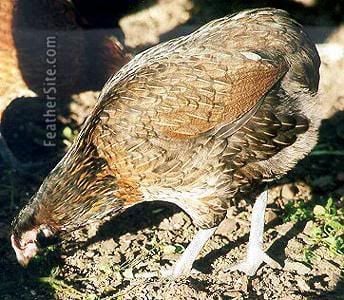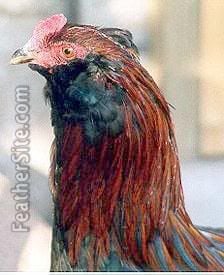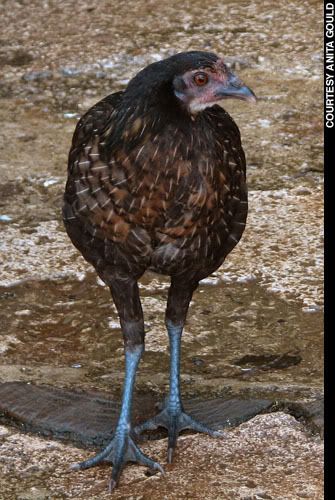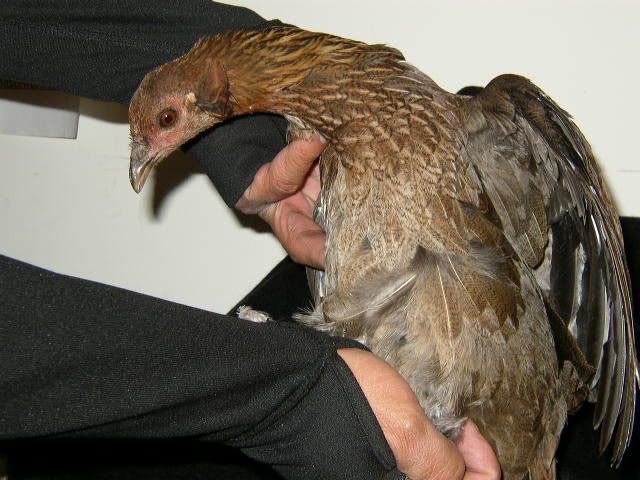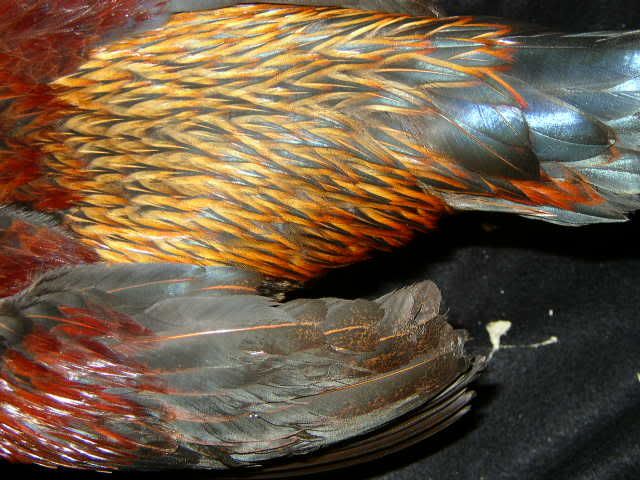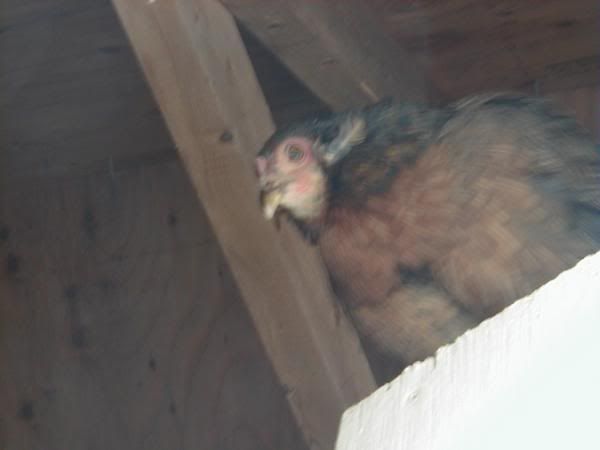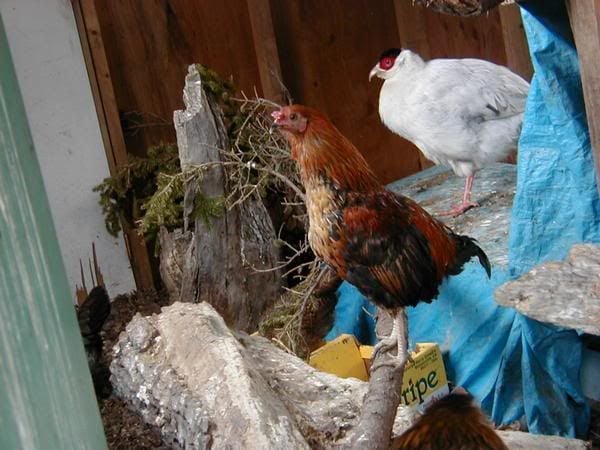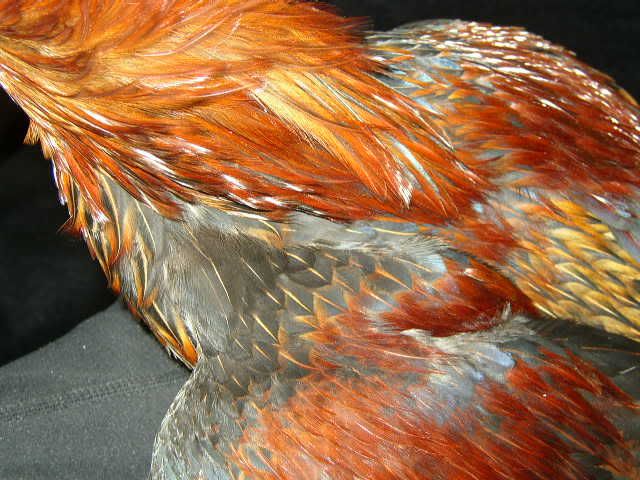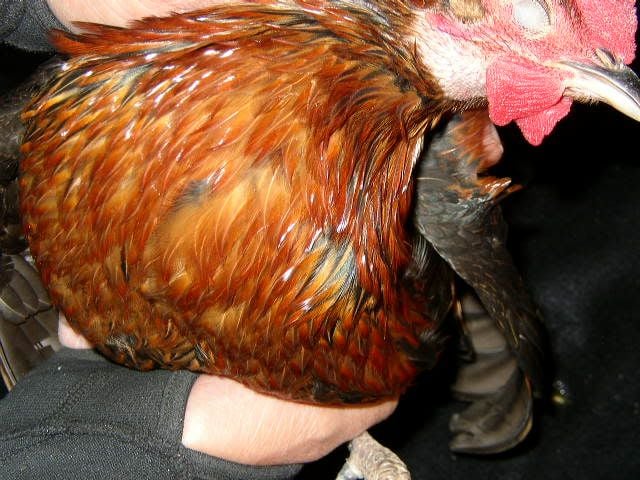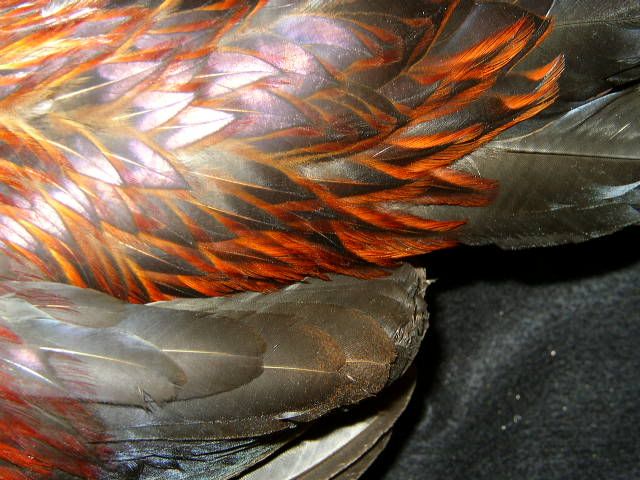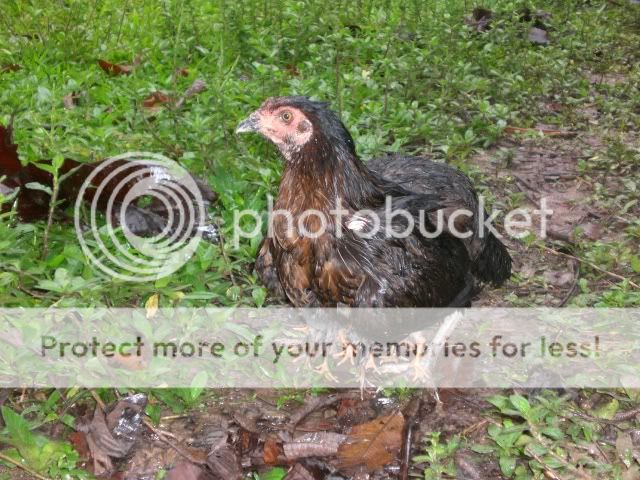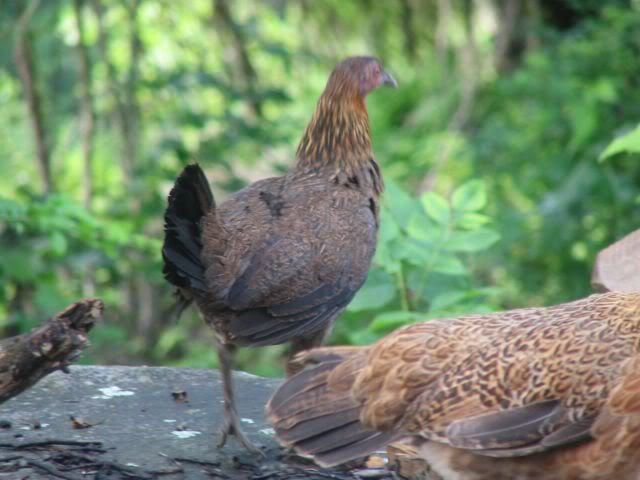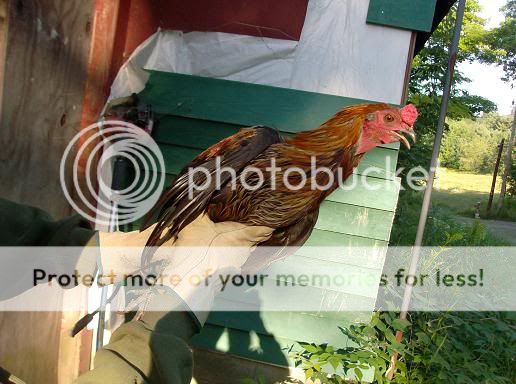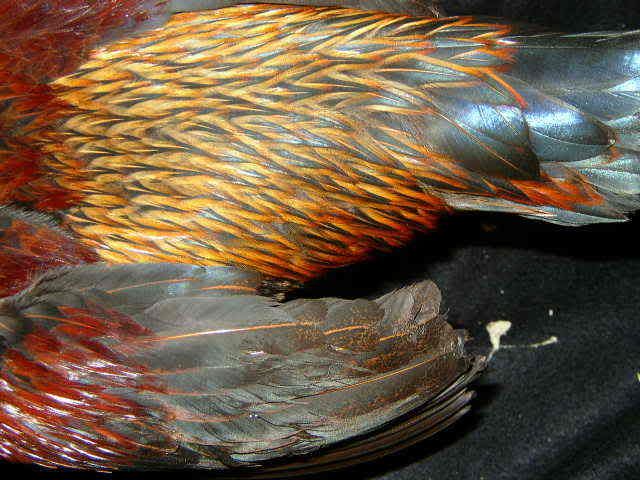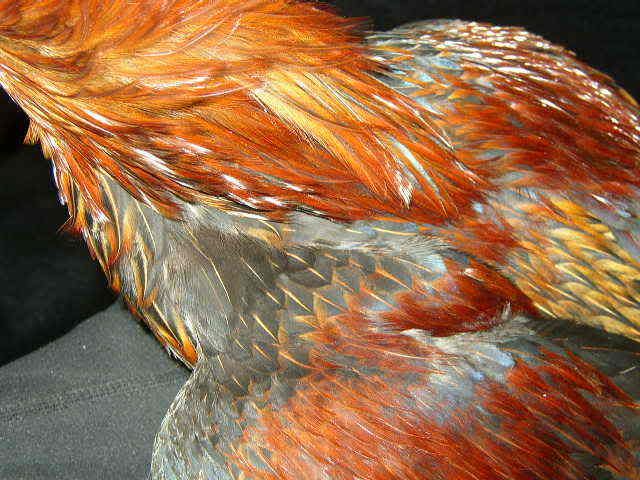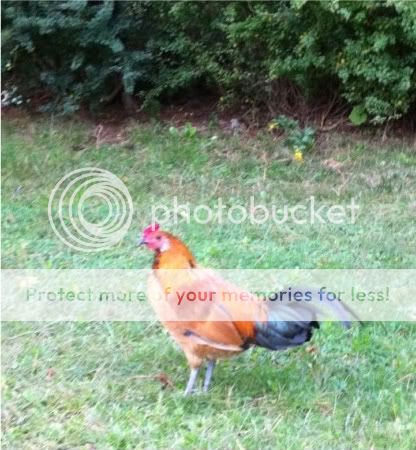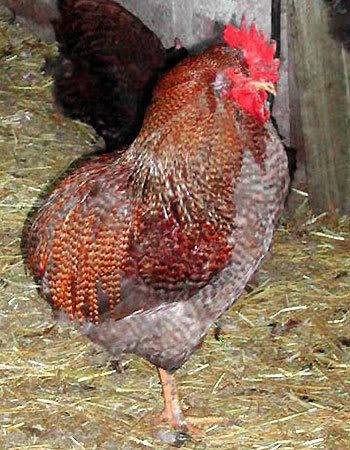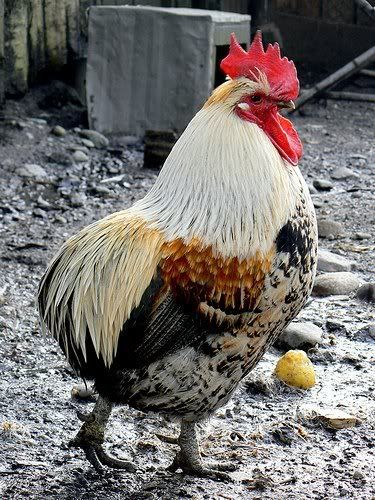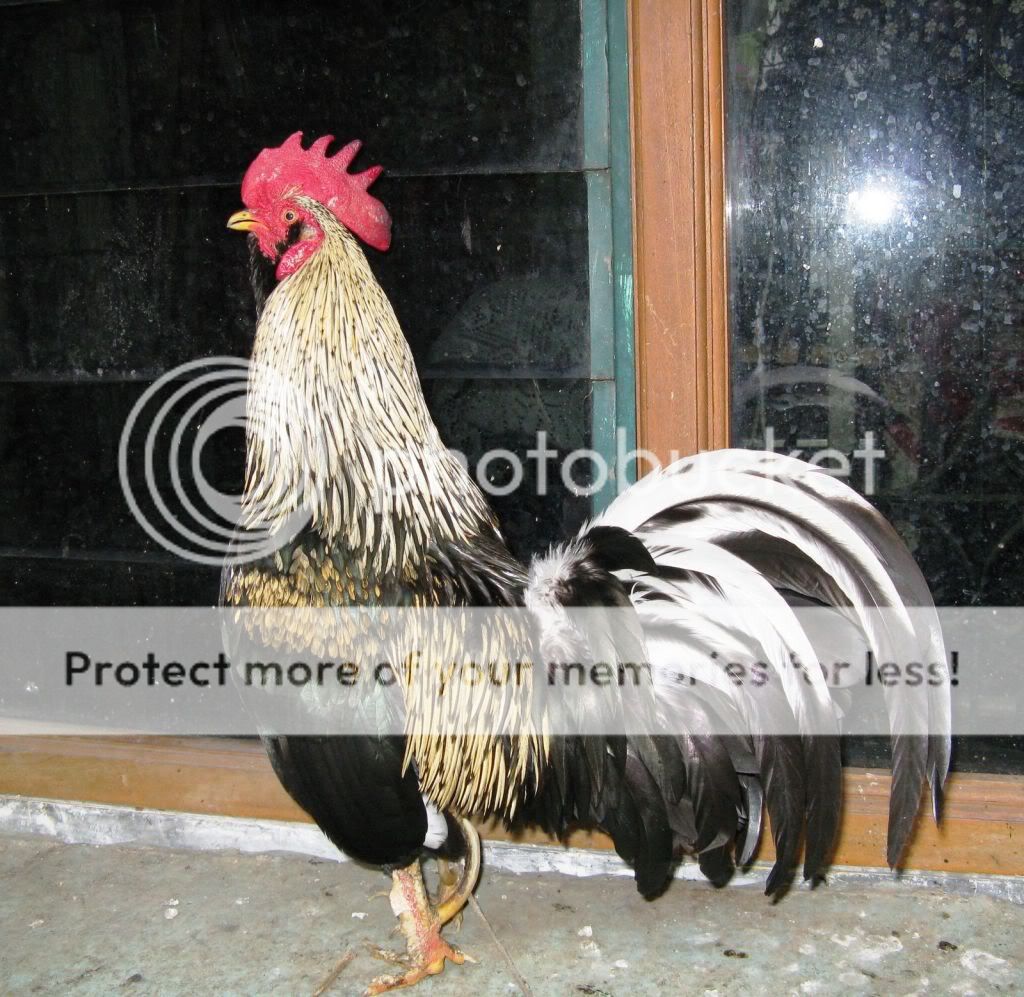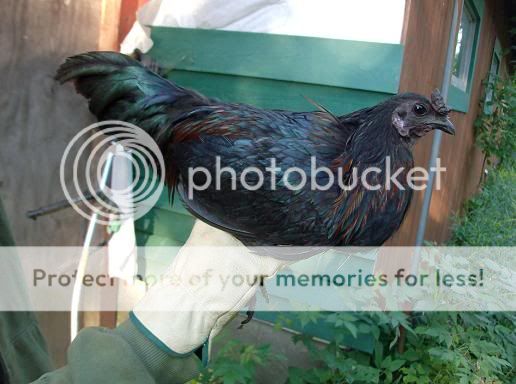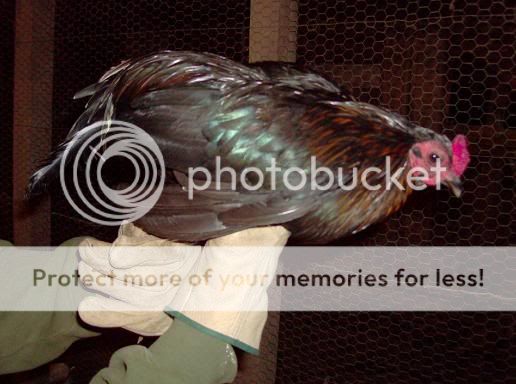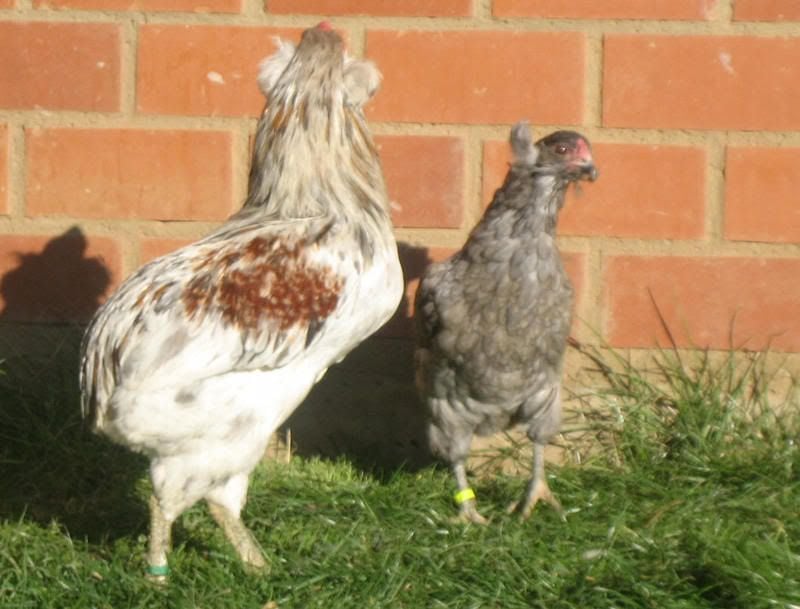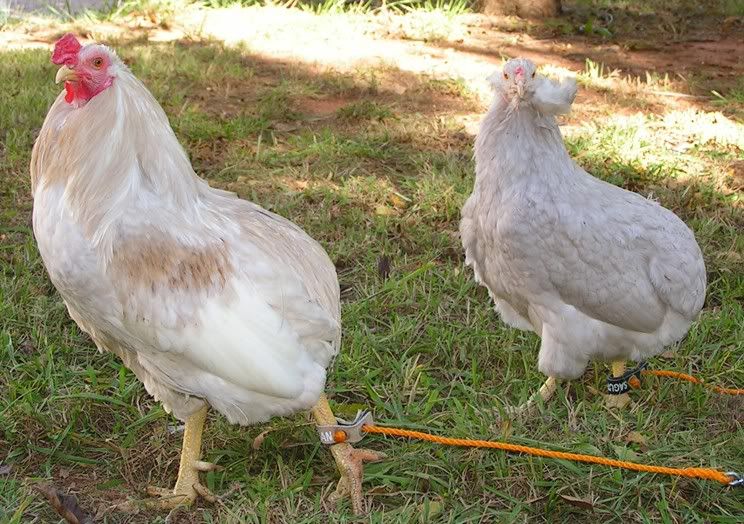- Thread starter
- #20
6. Laughing Fowl
The Indonesians were not content with even their unique cacophony of rooster songs sung from a multitude of breeds. They pushed it even further- perhaps reaching the apex of their selective breeding of domestic fowl. They produced birds that can produce multi-syllabic laughing quaying calls. We must remember that the bekisar is a long crower - there's nothing multi-syllabic about a beksar's call- Unless- its been altered...
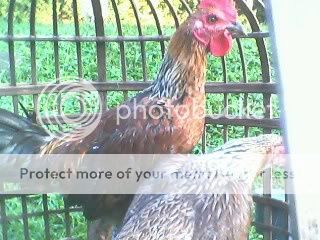
b. Ayam Kelenting ( Wallikilli rooster onto Prajurit hens)
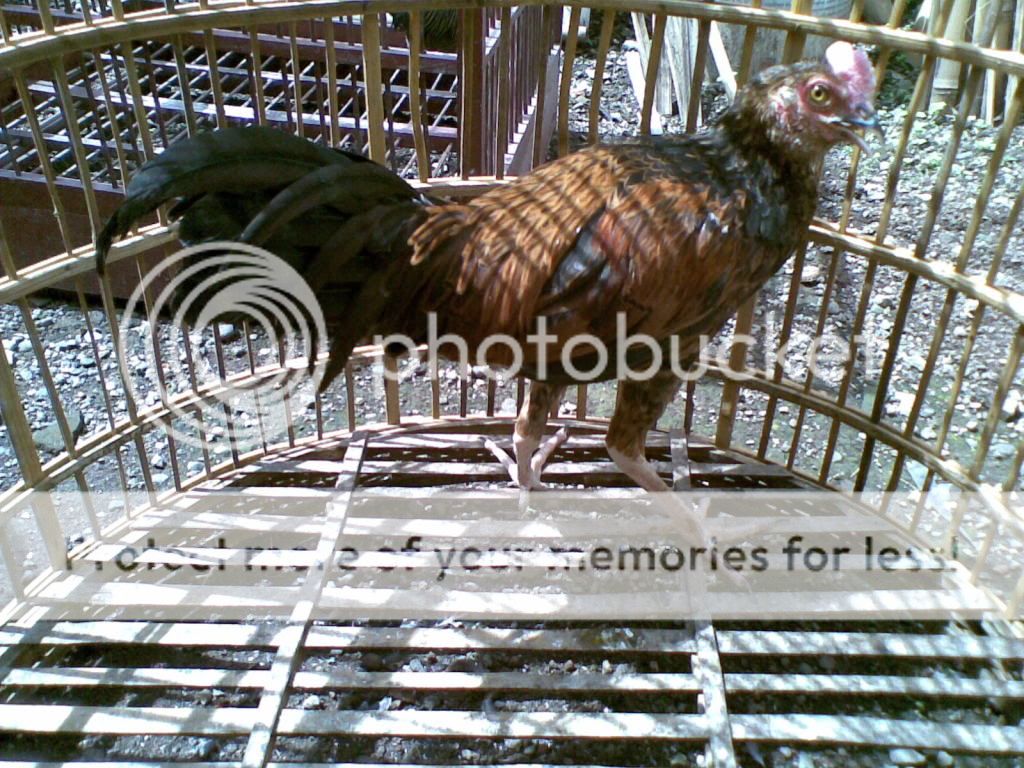
c. Ayam Ketawa Balengkek ( produced by crossing Bekisar roosters onto Wallikiilli hens. )
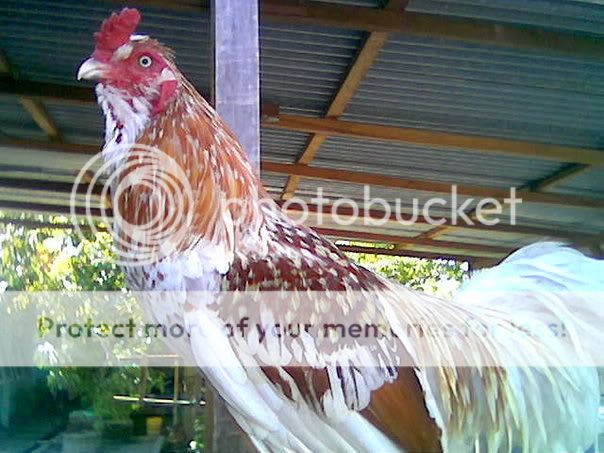
d. Ayam Ketawa Bali (produced by crossing Ketawa Balengkek rooster onto Austronesian Giant hens)
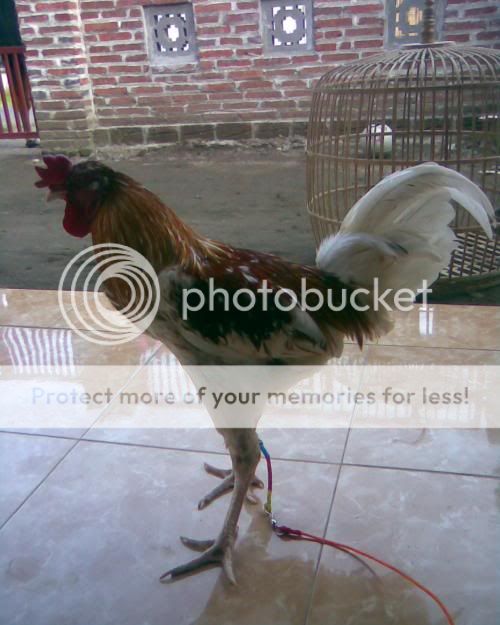
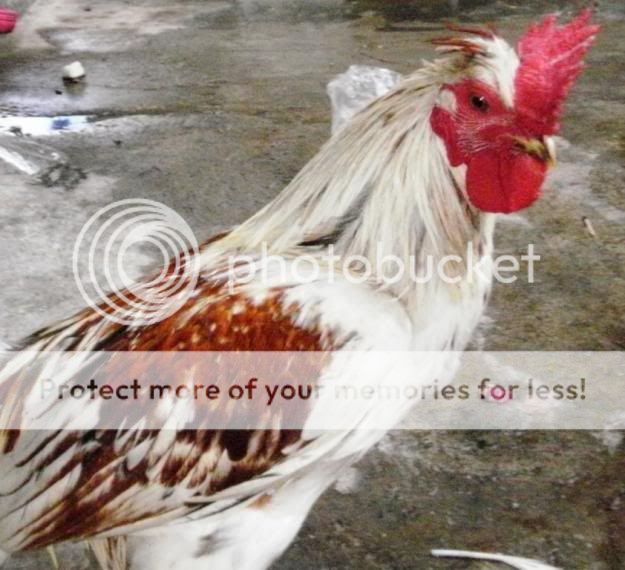
e. Ayam Ketawa Tulungagung (Ketawa Bali X Prajurit hens)
~~~~~~~~~~~~~~~~~~~~~~~~~~~~~~~~~~~~~~~~~~~~~~~~~~~~~~~~~~~~~~~~~~~~~~~~~~~~~~~~~~~~~~~~~
Ok- so by now if anyone is still reading, they are wondering what the (ph) this has to do with those Crested Mapuche chickens; the photos of specimen skins collected centuries ago on desert isles; the genetic data written about obscure chicken breeds...
So here it is- You need to understand how complex the selective breeding of the ancient Austronesians was to get a proper idea of what successive waves of seafaring immigrants were carrying with them on their eastward expansion- their contribution to the formation of the Polynesian culture and what they brought to Easter Island- and from Easter Island- they arrived in Chile- carrying these gene stocks.
We can't know precisely which managed to survive being carried from one island to the next, but we do know that many of the strains and individual sires of strains were considered to be symbolic of the most divine nature. They were carried like embers from one homeland to the next.

Remember those great big ugly Austronesian fowl? Their topknot was inherited by the more recent ancestors of the Crested Mapuche race.
This trait stands out from all the rest- it informs us that there were plenty of founders with top knots that made it to Chile.
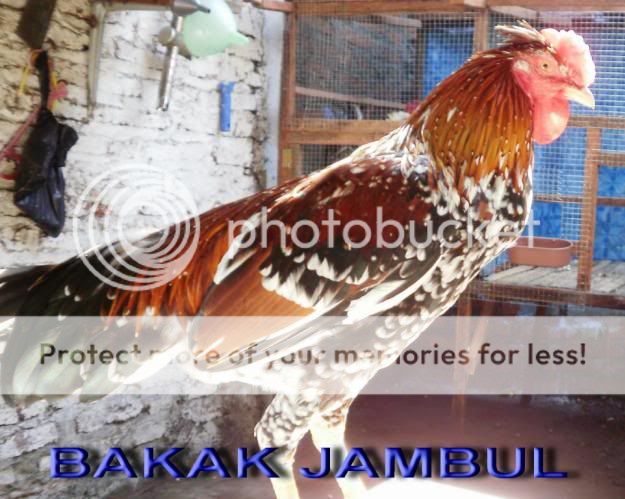
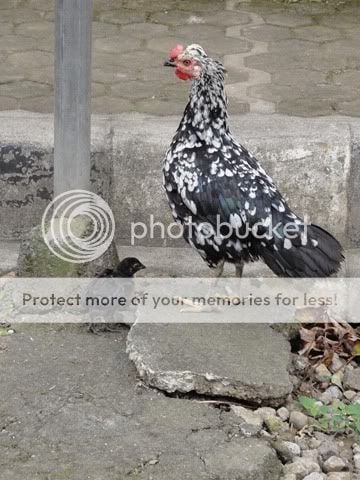
e. Ayam Semarang Ketawa
Note the piebald plumage. This indicates that the individuals photographed are the product of too much outbreeding. Their cells and dna are not working together all that well. The pigment simply doesn't know what to do with each row of feathers.
The Indonesians were not content with even their unique cacophony of rooster songs sung from a multitude of breeds. They pushed it even further- perhaps reaching the apex of their selective breeding of domestic fowl. They produced birds that can produce multi-syllabic laughing quaying calls. We must remember that the bekisar is a long crower - there's nothing multi-syllabic about a beksar's call- Unless- its been altered...

b. Ayam Kelenting ( Wallikilli rooster onto Prajurit hens)

c. Ayam Ketawa Balengkek ( produced by crossing Bekisar roosters onto Wallikiilli hens. )

d. Ayam Ketawa Bali (produced by crossing Ketawa Balengkek rooster onto Austronesian Giant hens)


e. Ayam Ketawa Tulungagung (Ketawa Bali X Prajurit hens)
~~~~~~~~~~~~~~~~~~~~~~~~~~~~~~~~~~~~~~~~~~~~~~~~~~~~~~~~~~~~~~~~~~~~~~~~~~~~~~~~~~~~~~~~~
Ok- so by now if anyone is still reading, they are wondering what the (ph) this has to do with those Crested Mapuche chickens; the photos of specimen skins collected centuries ago on desert isles; the genetic data written about obscure chicken breeds...
So here it is- You need to understand how complex the selective breeding of the ancient Austronesians was to get a proper idea of what successive waves of seafaring immigrants were carrying with them on their eastward expansion- their contribution to the formation of the Polynesian culture and what they brought to Easter Island- and from Easter Island- they arrived in Chile- carrying these gene stocks.
We can't know precisely which managed to survive being carried from one island to the next, but we do know that many of the strains and individual sires of strains were considered to be symbolic of the most divine nature. They were carried like embers from one homeland to the next.

Remember those great big ugly Austronesian fowl? Their topknot was inherited by the more recent ancestors of the Crested Mapuche race.
This trait stands out from all the rest- it informs us that there were plenty of founders with top knots that made it to Chile.


e. Ayam Semarang Ketawa
Note the piebald plumage. This indicates that the individuals photographed are the product of too much outbreeding. Their cells and dna are not working together all that well. The pigment simply doesn't know what to do with each row of feathers.
Last edited:




